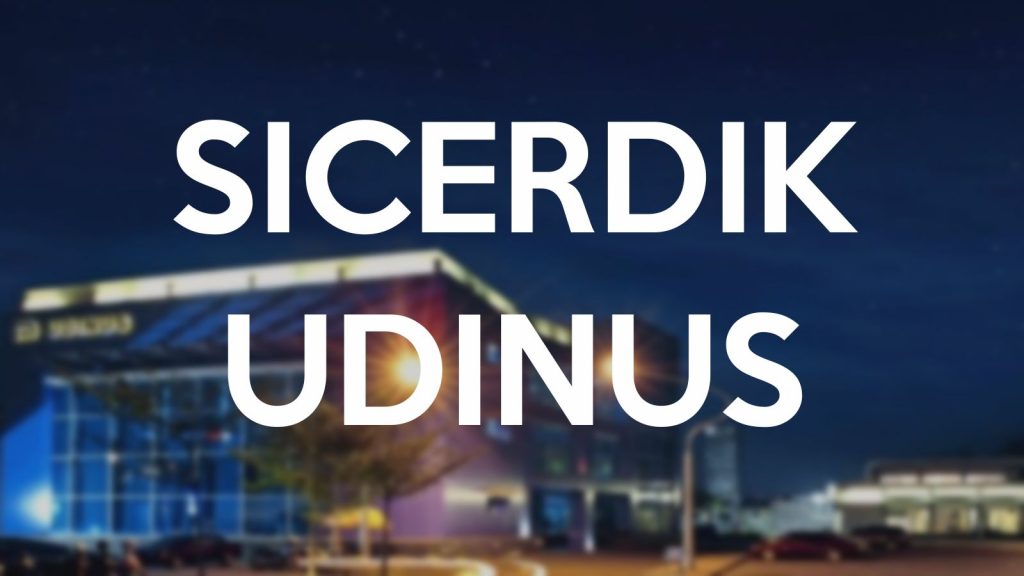The Correlation Between e-Health Literacy Competencies and Self-management of COVID-19 Disease (Case Study of Health Information Managements Students in Semarang)
AUTHOR: ENNY RACHMANI, HAIKAL HAIKAL, ETI RIMAWATI, M.G.C. YUANTARI, ANASTHASYA NISRINA ARIFIN, PRIMA PRATIWI, KRHISNA PRYMADITYA ACHMAD Abstract Introduction: Mass open communication via social media and the internet causes...
Read More

Recent Comments